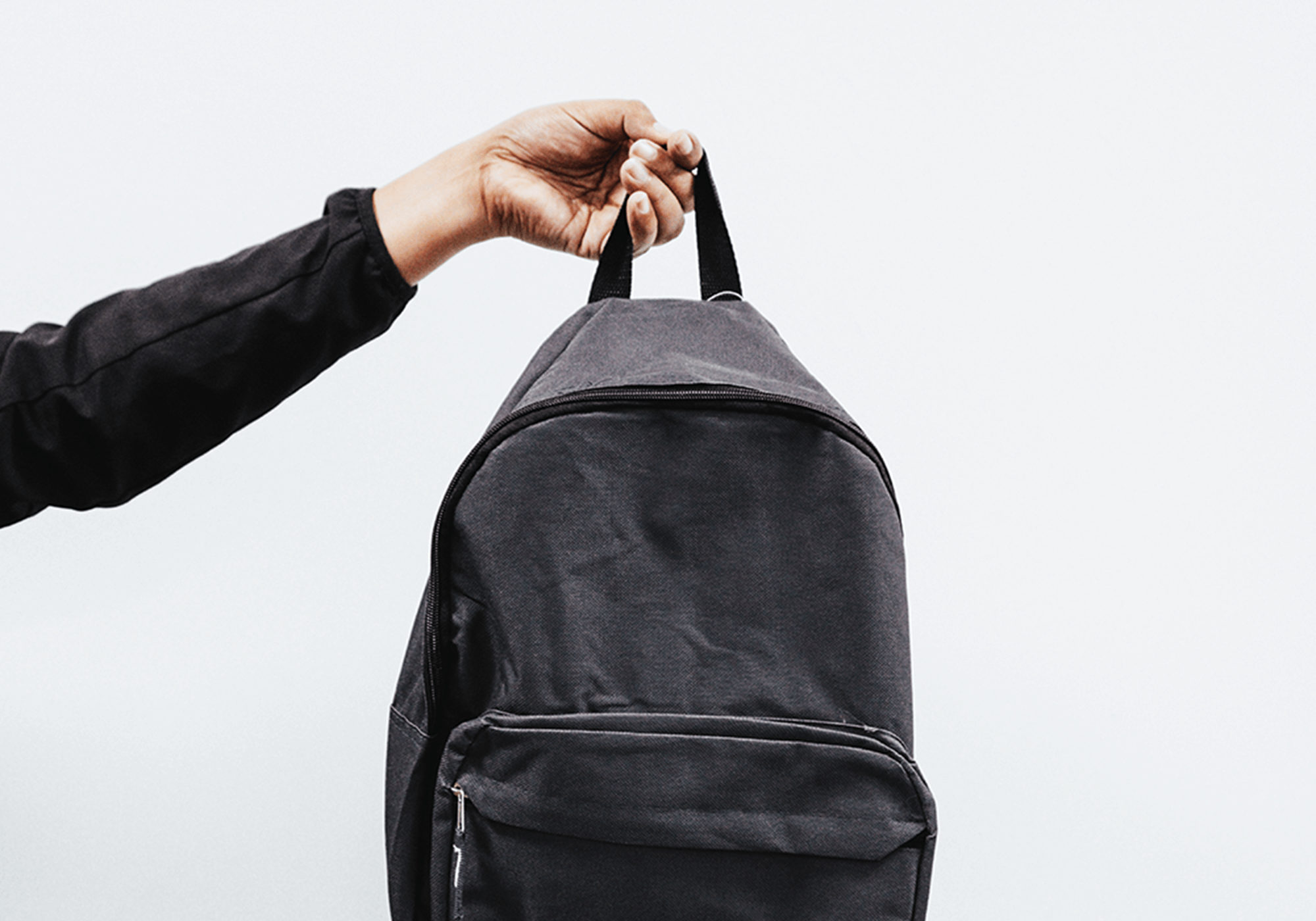What’s in your bag?
All of these Trademarked Brands are currently in use in the Dictionary, as the generic word used to describe a particular type of product.
Let’s see if any surprise you.
The everyday Biro
The inventor Lazlo Biro was fed up with inconvenient fountain pens. He tried using quick drying printers’ ink over a ball-bearing point, eliminating the need to blot. Trademark owned by Bic.
Tipp-Ex
This is a type of correction fluid invented in Germany in 1958, whose trademark is now owned by Société Bic.
Sellotape
A generic term for sticky tape, cementing it as the U.K. market leader in the mind of consumers. It’s been in the dictionary since 1980. Trademark now owned by Henkel AG.
Or some Scotch tape
This term appears in dictionaries as both generic and trademarked. “Trademark Law” advises that proper usage is “Scotch brand cellophane tape” to combat “generic tendencies” ?. The trademark is owned by 3M.
Google famously attempted to have its name, and especially the use of it as a verb, kept out of the dictionary despite widespread examples of people ‘googling’ and ‘being googled’ its attempts were in vain as the word appeared in the dictionary in 2003.
Photoshop
Originating from the image editing programme Adobe Photoshop, it is now a commonly used term for the digital editing of photographs. Adobe is trying to discourage the use of the term ‘photoshop’ as a verb. Good luck with that! ?
Everyone uses Tupperware
A lidded plastic container used in our case for kids packed lunches. Original Tupperware was first introduced to the public in 1946, a product that could be even more popular now in these days of re-using and recycling than ever before. The trademark is still owned by inventor Earl Tupper.
Thermos
This has long been the dominant brand in many countries for insulated vacuum flasks, primarily intended to keep its contents hot or cold. Invented in 1892, Thermos in upper case is a registered trademark of Thermos GmbH subsidiaries and licensees in over 115 countries.
Playing on Astroturf?
A brand of artificial turf invented in the U.S. in 1965. Famously used in sports fields worldwide, is yours the real deal?
Start a game of Frisbee
This is now the generic term for a gliding toy made of plastic roughly 20-25 cm in diameter. From 1937 came the idea and development of this flying disc, and then finally in 1957 the Wham-O toy company gave birth to the name Frisbee. Wham-O still owns the trademark to this day.
The iPod
A portable media player whose trademark was already in use by someone else. Apple finally had the trademark assigned to them in 2005.
Coke (Coca-Cola)
Is it always ‘the real thing’ though? If you ask for a coke then you might get any kind of cola. This is of course, one of the most well-known genericized brands in the world. Trademarked since 1893!!
Memory Stick
The one that surprised me the most was the ‘Memory Stick’ by Sony.
Typically used to refer to all USB flash drives, as opposed to other brands of memory cards akin to Sony’s products.
They didn’t even alter the spelling a little by using the word ‘stik’!
What about you? Any surprises?
ZOOM
And finally, this one is neither generic nor in the Dictionary as yet, but worth including in this list:
Many schools were using this platform for their online lessons during the last part of the school year 2019-2020 while quarantined at home. Frequently used as a verb, this video-conferencing platform has become a common part of the new normal, and an integral part of life during the recent coronavirus pandemic. With such widespread use and recognition, does this brand risk becoming a generic term too? The trademark is owned by Zoom Video Communications, for now. ?
The best way to stop IP infringement of your product or brand is to be aware of the problem and also by understanding the level of the problem. Axencis is constantly innovating and creating tools to firstly identify and then successfully combat this threat for our clients. Fine-tuning from our dedicated professional investigations team then leads to successful takedowns and ultimately to compensation from counterfeit sellers.
Here at Axencis, our first step is to evaluate the level of a brand’s existing vulnerability and exposure to counterfeit markets. Feel free to contact us for an assessment.

